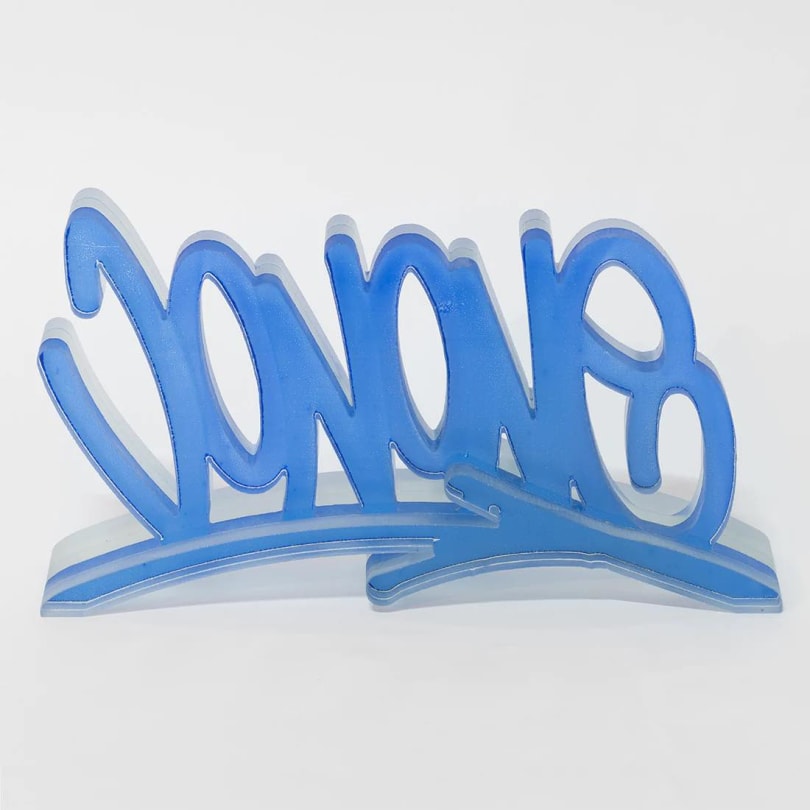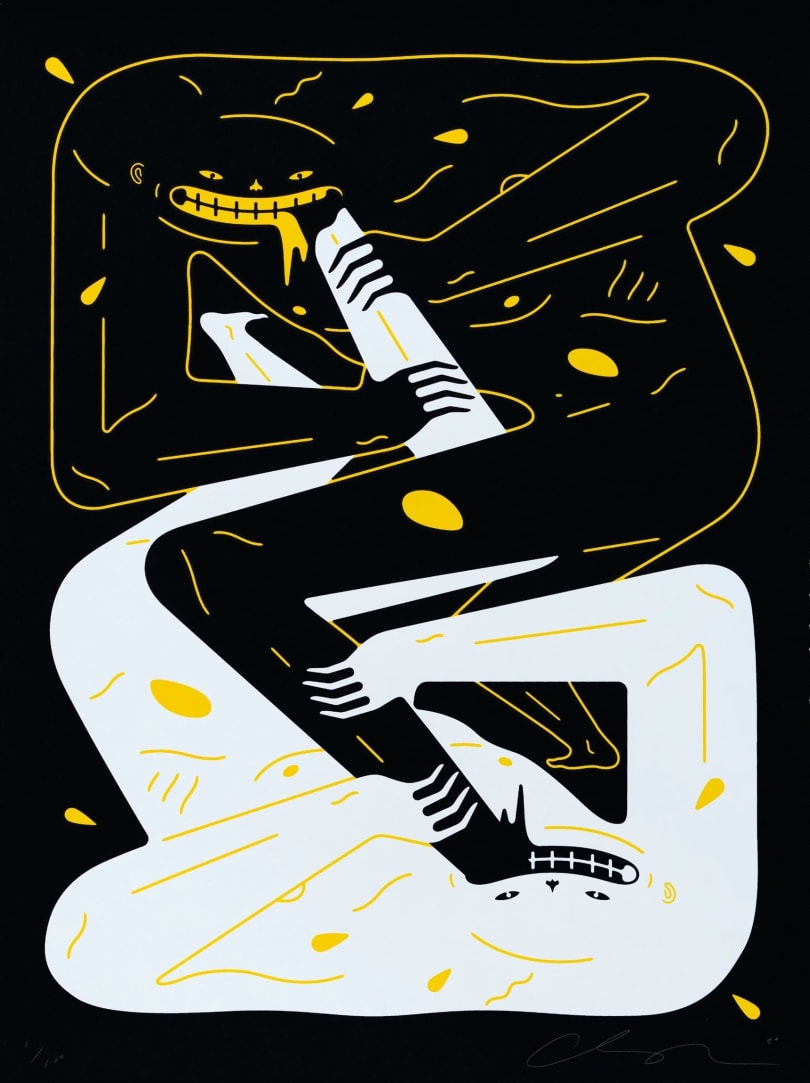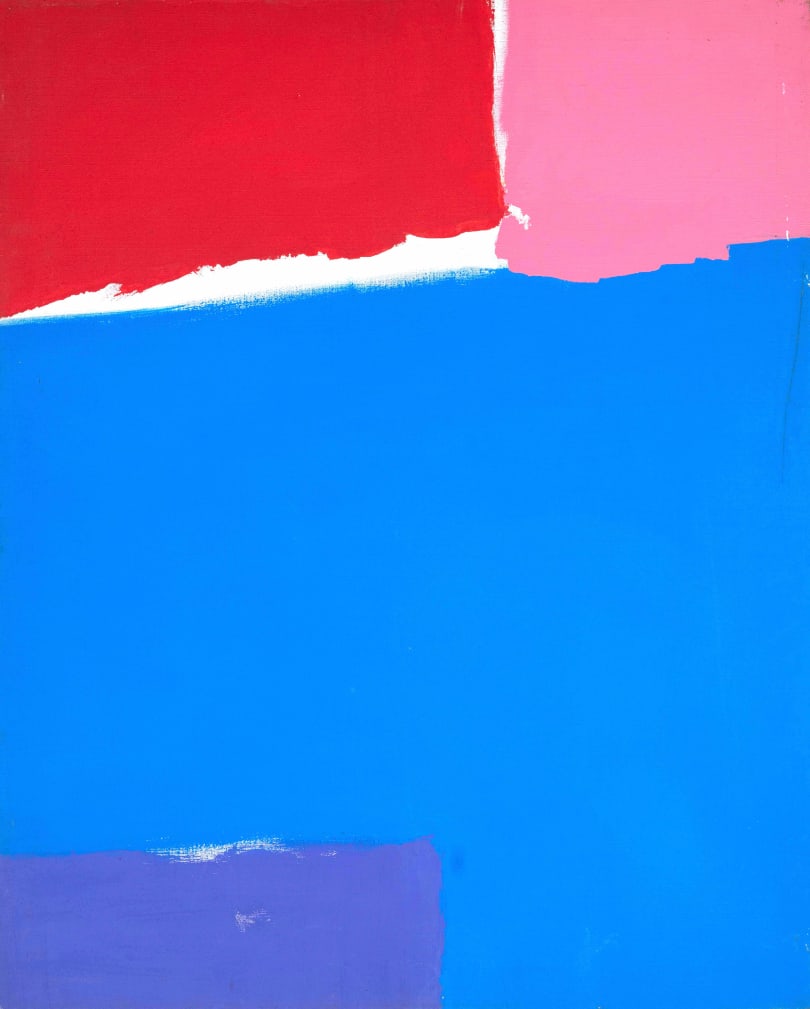
Au premier mot limpide
Category
PrintTechnique
Color lithography on Arches paperDate
1969Dimensions
81 cm x 60 cmArtwork information
Category
PrintTechnique
Color lithography on Arches paperDate
1969Dimensions
81 cm x 60 cmSignature
UnsignedProof(s) of authenticity
Lithograph sold with a certificate of authenticity issued by the publisher Mourlot.State of conservation
Very goodFraming
NoLocation
Paris, FranceDescription
Color lithograph of Max Ernst. Rare printer's proof on Arches paper. Lithograph printed by Mourlot in 1969.
This lithograph is a reproduction of a mural painting made by Max Ernst in the house of the poet Paul Éluard in 1923. It was not until the late 1960s that the original painting was rediscovered under a wallpaper and transferred to canvas. An indecipherable work, which hides many mysteries...
The artist

Bio
Max Ernst was born on 2 April 1891 in Brühl, Germany. He was a painter, draughtsman and sculptor whose work was linked to the Surrealist and Dadaist movements. In 1948 he became a naturalized American and ten years later he became French.
Max Ernst is the son of the painter Phillipp Ernst and Louise Kopp. In 1909, he enrolled at the University of Bonn to study philosophy, but he soon abandoned this training to devote himself fully to the practice of art. In 1911, he met the members of the "Blaue Reiter" with whom he exhibited in Berlin in 1913. The same year, Max Ernst met Guillaume Apolinnaire and Robert Delaunay.
During the First World War, he went to the Russian front to fight for the German artillery, then he fought in France. In 1918 he married Luise Straus, an art historian. In 1922, the couple separated. Luise Strauss made a career in journalism and died in a Nazi concentration camp during the Second World War.
His Dadaist and Surrealist period
In 1919 Max Ernst went to Munich to meet Paul Klee, and it was there that he created his first paintings, collages and prints by hand. He also experimented with different media and materials. In 1920 he founded a collective: "Zentrale W/3" with Jean Arp and Baargeld. In February 1920, they published a new magazine entitled "La Chamade", with several contributors from France: Paul Éluard, Louis Aragon, André Breton.
The second Dada exhibition in Cologne begins in April 1920 at the Winter brewery. Max Ernst exhibits the collective collages made with Jean Arp and renamed: "FaTaGaGa" (Fabrication de Tableaux Garantis Gazométriques). But this exhibition causes a scandal, it is closed by the police, so Max Ernst quarrels with his father for this reason.
Together with Baargeld, Max Ernst organised the Dadaist International Premiere in Berlin in June 1920. A few weeks later, while on holiday in Tarrenz in the Tyrol, Max Ernst met Tristan Tzara.
In 1921, he exhibited in Paris with the Surrealist group at the "Au Sans Pareil" Gallery. The following year he moved to Paris to live with Paul Éluard and his wife. He had various small jobs, but continued to paint.
In 1925, Max Ernst tried his hand at "rubbing": he let a pencil lead run over a sheet of paper placed on any surface, parquet, tiles or other. This artistic technique makes more or less imaginary figures appear, it can be similar to the automatic writing of surrealist writers.
In 1926, Max Ernst collaborated with Joan Miró in the creation of sets for Serge de Diaghilev's shows. With the precious help of Joan Miró, Max Ernst developed a new technique: the "scraping" of the pigment directly onto the canvas. This collaboration provoked indignation among the Surrealists, André Breton even said that they "made a pact with the powers of money. ».
In 1929, he returned to the practice of collage and published several collage-novels.
In 1934, he tried his hand at sculpture inspired by Alberto Giacometti.
In 1937, he met Leonora Carrington with whom he settled in Saint-Martin-d'Ardèche.
In 1938, Peggy Guggenheim acquired several works by Max Ernst, which she exhibited in her London art gallery. In the same year, Max Ernst left the Surrealists because André Breton wanted him to convert to Trotskyism and stop seeing Paul Éluard.
His American period
At the beginning of the Second World War, Max Ernst was arrested as an "enemy alien". Together with Hans Bellmer, he was interned in the Camp des Milles near Aix-en-Provence. Later, Peggy Guggenheim helped him to leave the country. He arrived in the United States in 1941, welcomed by her son Jimmy. Peggy and Max travelled the country together and were married in 1942, but the marriage was short-lived.
Then Max Ernst moved to New York, where he met Marcel Duchamp and André Breton. In New York, Ernst tried his hand at "dripping", a technique later adopted by Jackson Pollock. It consists of leaving paint colour on the canvas from a perforated container.
In October 1946, he married Dorothea Tanning in California and the couple moved to Sedona, Arizona. Very inspired by the nature of this region, Max Ernst used it as a source of inspiration for his sculptures.
In 1948, he became an American citizen.
His return to France
In 1950, Max Ernst returned to Europe to travel and exhibit, notably in Paris.
In 1953, he set down his luggage in Paris and opted to buy a studio in the impasse Ronsin.
In 1954, he won the Grand Prize at the Venice Biennale.
Between 1955 and 1963, he lived in Huismes in Indre-et-Loire. During this period, he produced works marked by Touraine.
In 1958, he became French and in 1959, he received the national prize of arts and crafts. Retrospective exhibitions on Max Ernst are held in Chicago, New York, Zurich, London and Cologne.
In 1963, he bought a property in the Var.
Max Ernst died in Paris on 1 April 1976.






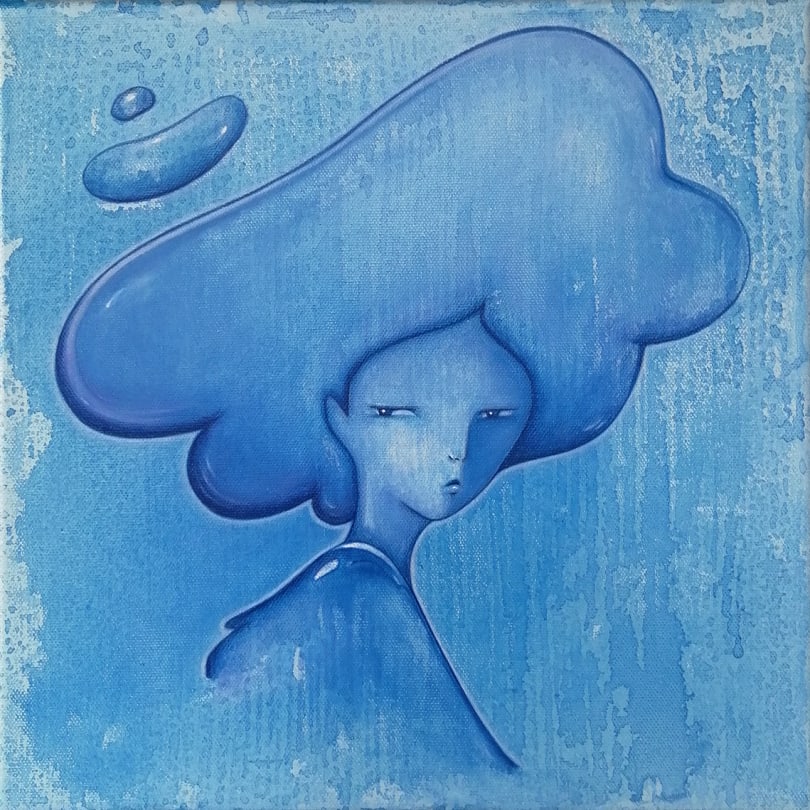



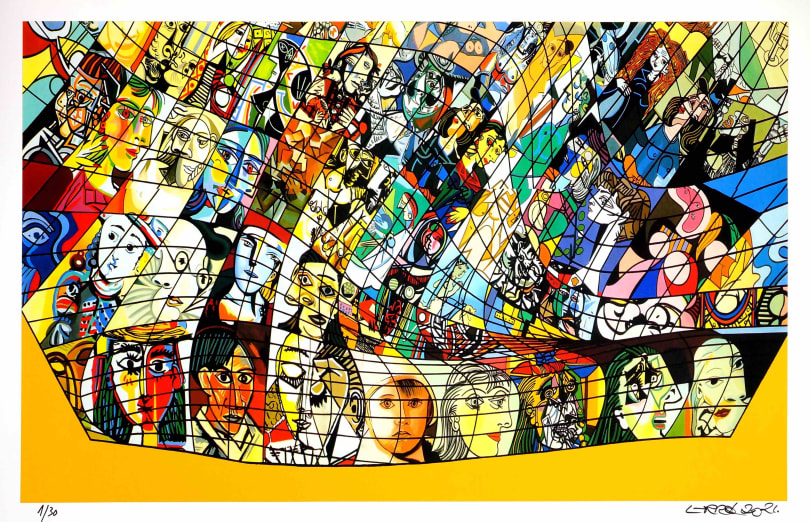
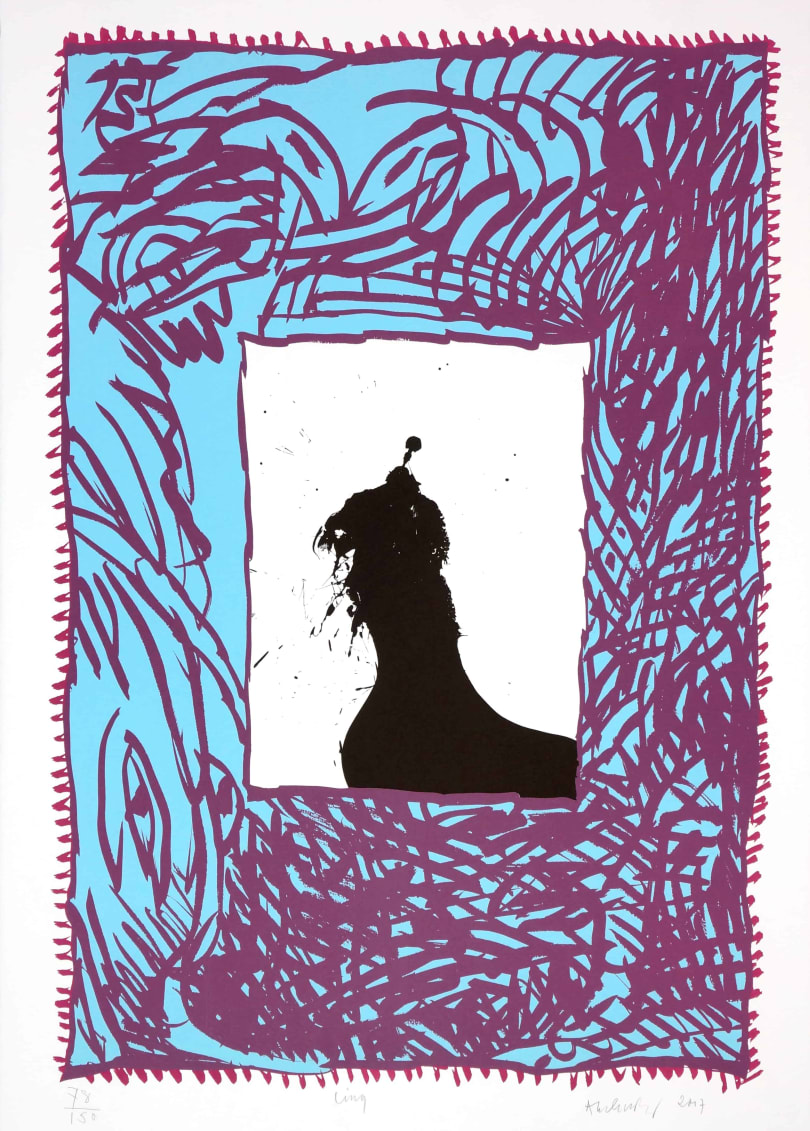

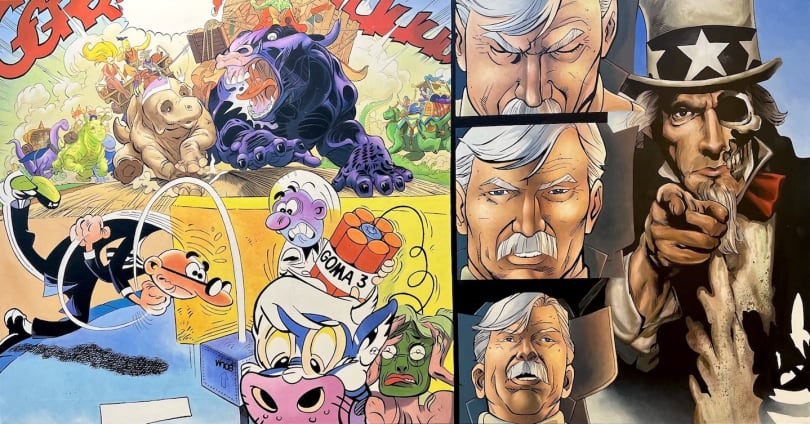






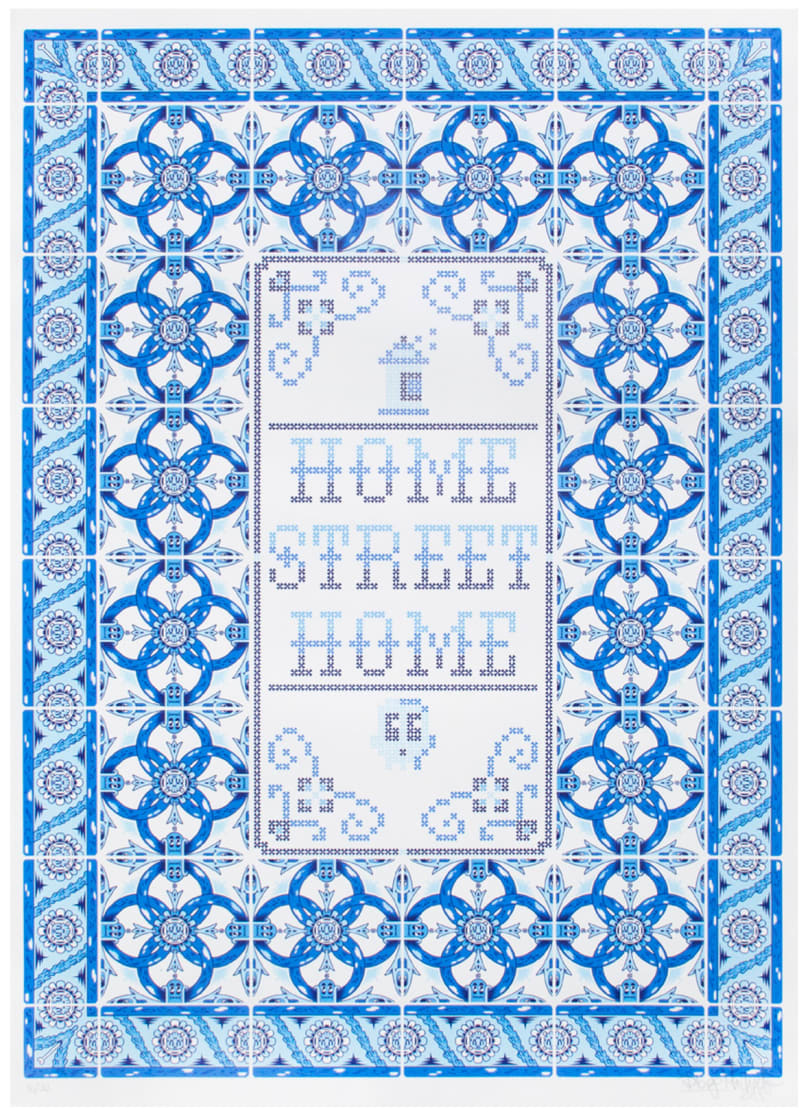

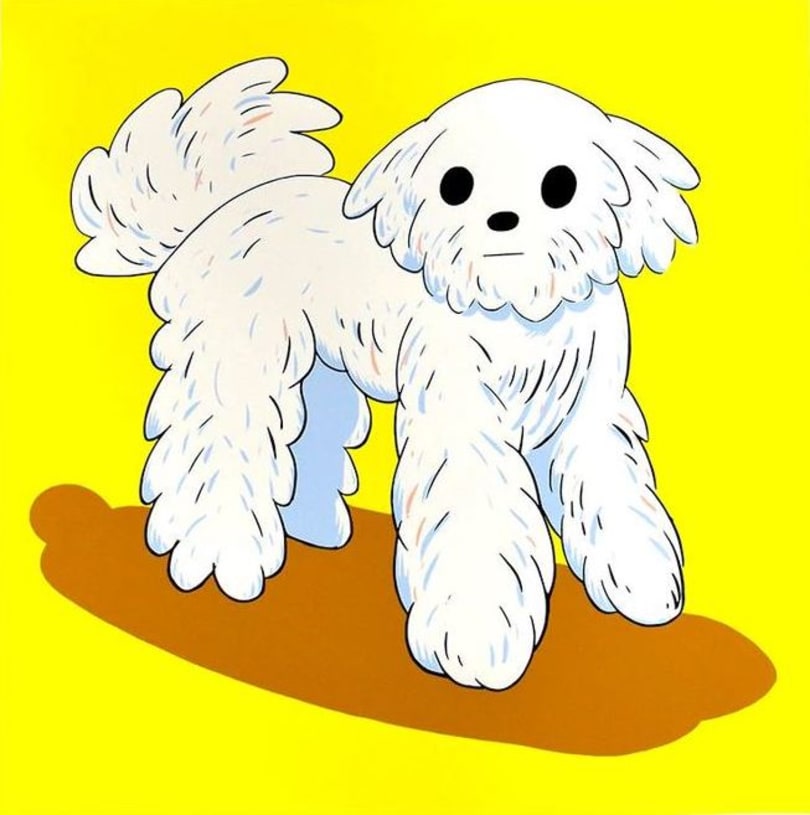



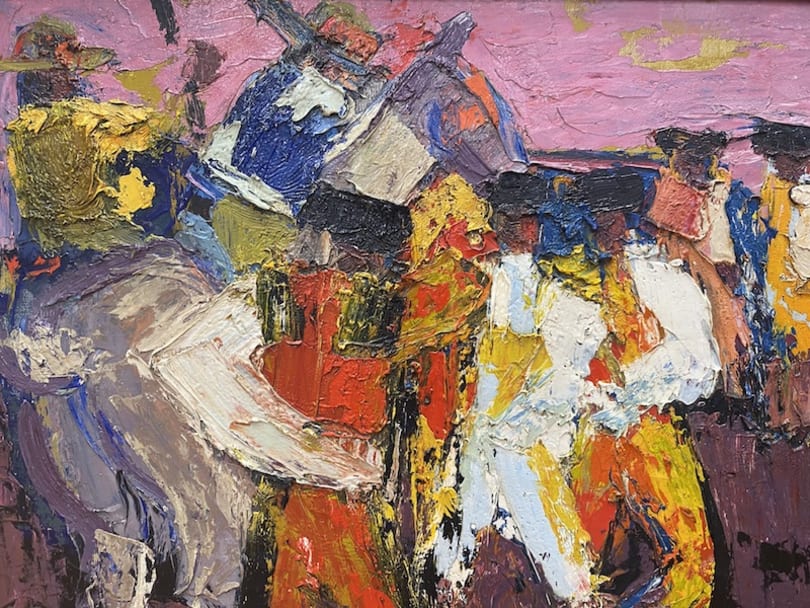

.jpg)



.jpg)
